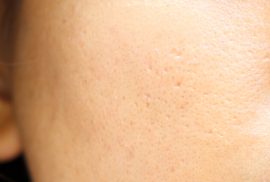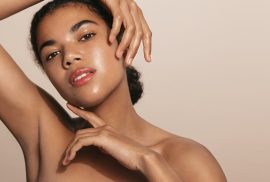How to Layer Products: The Correct Order for Maximum Absorption
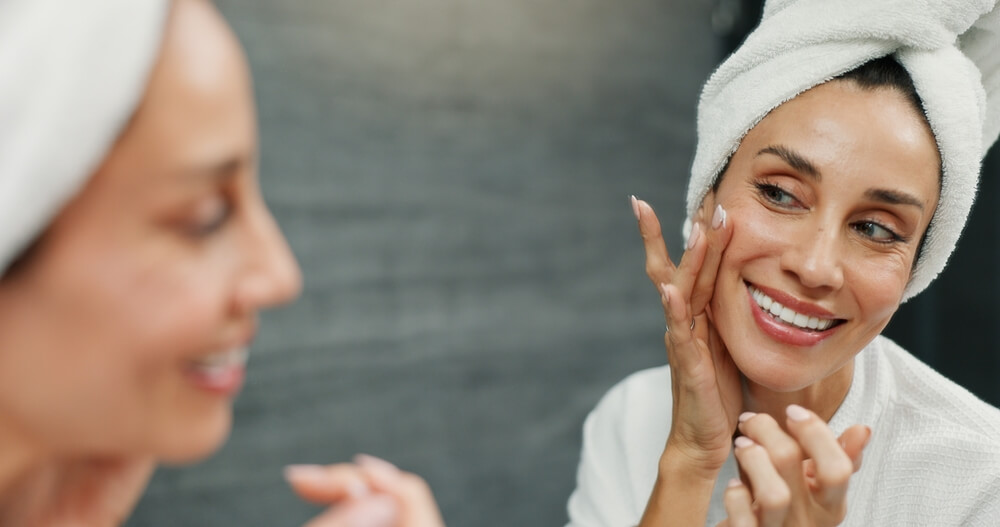
Most skincare routines consist of at least a few different steps. It’s the only way to ensure that all of your visible skin concerns are being targeted. However, unless you’re layering each of those skincare products correctly, you aren’t going to see the results you’re hoping for.
If you want to make sure that you’re getting the most out of your skincare routine, read on as Vivo Per Lei explains how to layer skincare in a way that maximizes absorption and enhances the effectiveness of your entire routine.
The Layering Rule to Remember
There are a few things to keep in mind when it comes to layering skincare, but there’s one rule that you always need to remember…
For the most part, skincare products should be layered from thinnest to thickest. This means, after cleansing your skin, starting with products that have a thin and watery nature, like a toner or essence. Then, gradually move on up until you reach the richest product in your routine, which is usually a cream.
Follow this rule, and you’ll be able to encourage absorption to ensure that your skin soaks up all of the benefits offered by your skincare products.
The Exception to the Rule…
Of course, there’s usually an exception to most rules. In the case of the thinnest-to-thickest rule for when you layer skincare, sunscreen is sometimes the exception. Why sometimes? Because it all depends on the type of sunscreen that you use.
Usually, sunscreens feel quite thick, which would leave you to assume that they are best applied after your face cream. In the case of mineral sunscreens, this would be true. These sunscreens work by deflecting UV rays away from the skin. They need to be sitting on the outermost layer of your skin in order to do this properly.
Chemical sunscreens, on the other hand, often work best when they’re layered underneath a moisturizer. They benefit from having closer contact with the skin, which a moisturizer would block.
The Waiting Game
When learning how to layer skincare, it’s not just the order of the layers (which we’ll soon discuss in more detail) that matters. The amount of time that you wait in between applying each layer is crucial as well.
Why? Apply the next product in your routine too soon, and the previous one you applied won’t have had enough time to absorb into your skin. It’ll end up mixing in with the new layer, diluting active ingredients and making overall absorption much harder.
Likewise, if you wait too long in between layers, your skin will keep drying out. Ideally, you want your skin to be slightly damp when you move in with your next layer. Wet skin is more permeable, so this is crucial if you’re trying to maximize absorption.
What Does a Correctly Layered Skincare Routine Look Like?
So, if you were to layer skincare correctly, what would the order of your routine actually look like? Here’s an example:
Cleansing Always Happens First
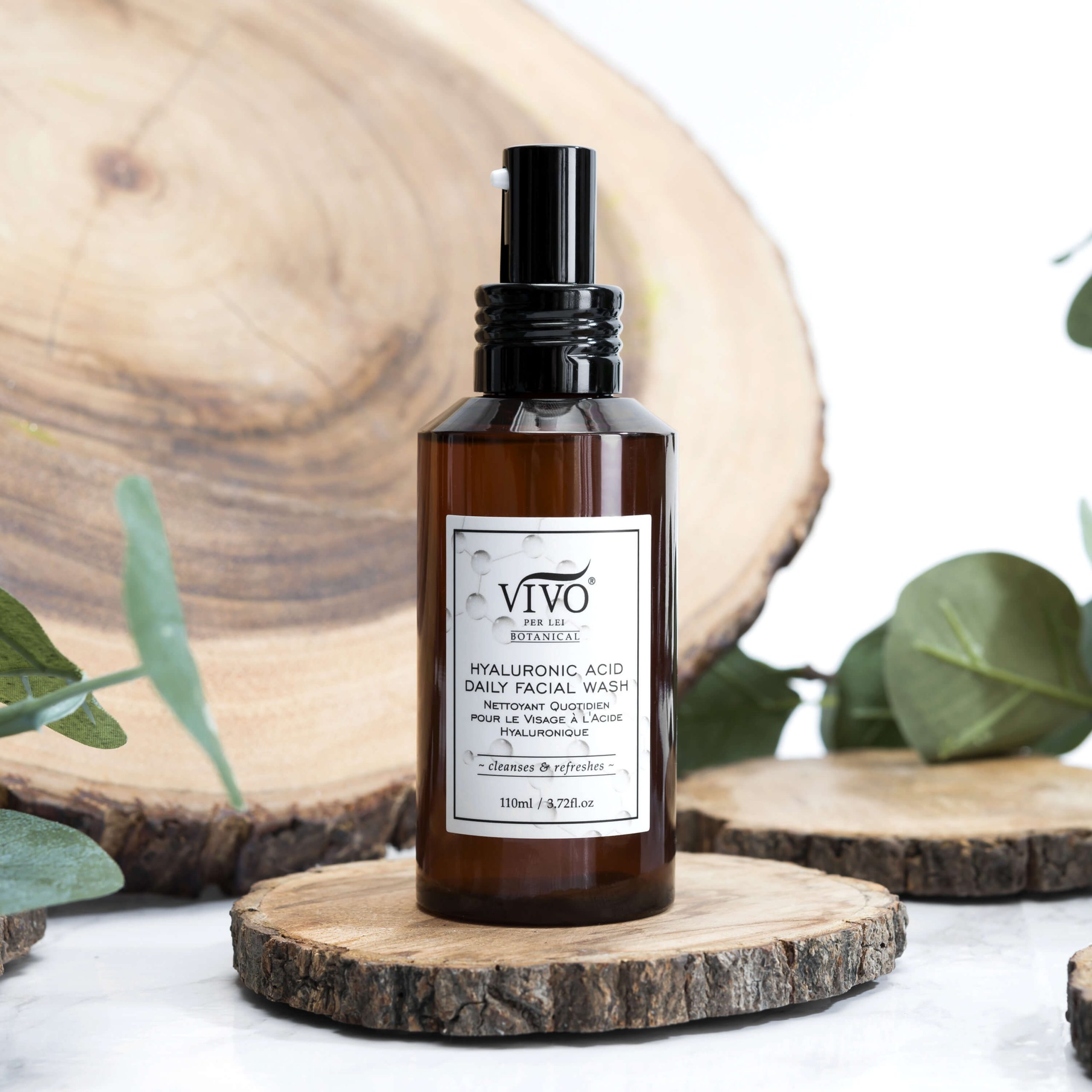
Cleansing is always the first step of any skincare routine. There’s no point in layering various skincare products on your face if your skin is dirty. That dirt, along with the oil, dead cells, and other impurities that clutter the skin’s surface, will only block your products from being absorbed by your skin.
Cleansing helps to pave the way for your skincare products to freely penetrate your skin. The cleaner your skin is before you move on to the rest of your skincare routine, the better your routine will work.
With that said, you don’t want to over-cleanse your skin to the point of irritation – this will only inhibit absorption. Instead, find a cleanser that gets the job done well while also keeping your skin barrier feeling supported. The Vivo Per Lei Hyaluronic Acid Daily Facial Wash excels at this!
Exfoliate After Cleansing
Exfoliating shouldn’t be done daily. Depending on your skin type, you should be exfoliating between once to three times a week. Either way, on the days when you’re going to be exfoliating, this step of your skincare routine fits in after your cleanser. This way, your cleanser will have cleared a path for your exfoliator to actually reach your pores.
Wondering if you can skip the cleanser and just exfoliate instead? You could, but this wouldn’t be advisable. It’ll mean that your exfoliator ends up dealing with the surface layer of impurities on your skin, rather than pulling blockages out from your pores. It will have to do the job of a cleanser, meaning that your skin won’t be properly exfoliated afterward.
Layer in a Face Mask
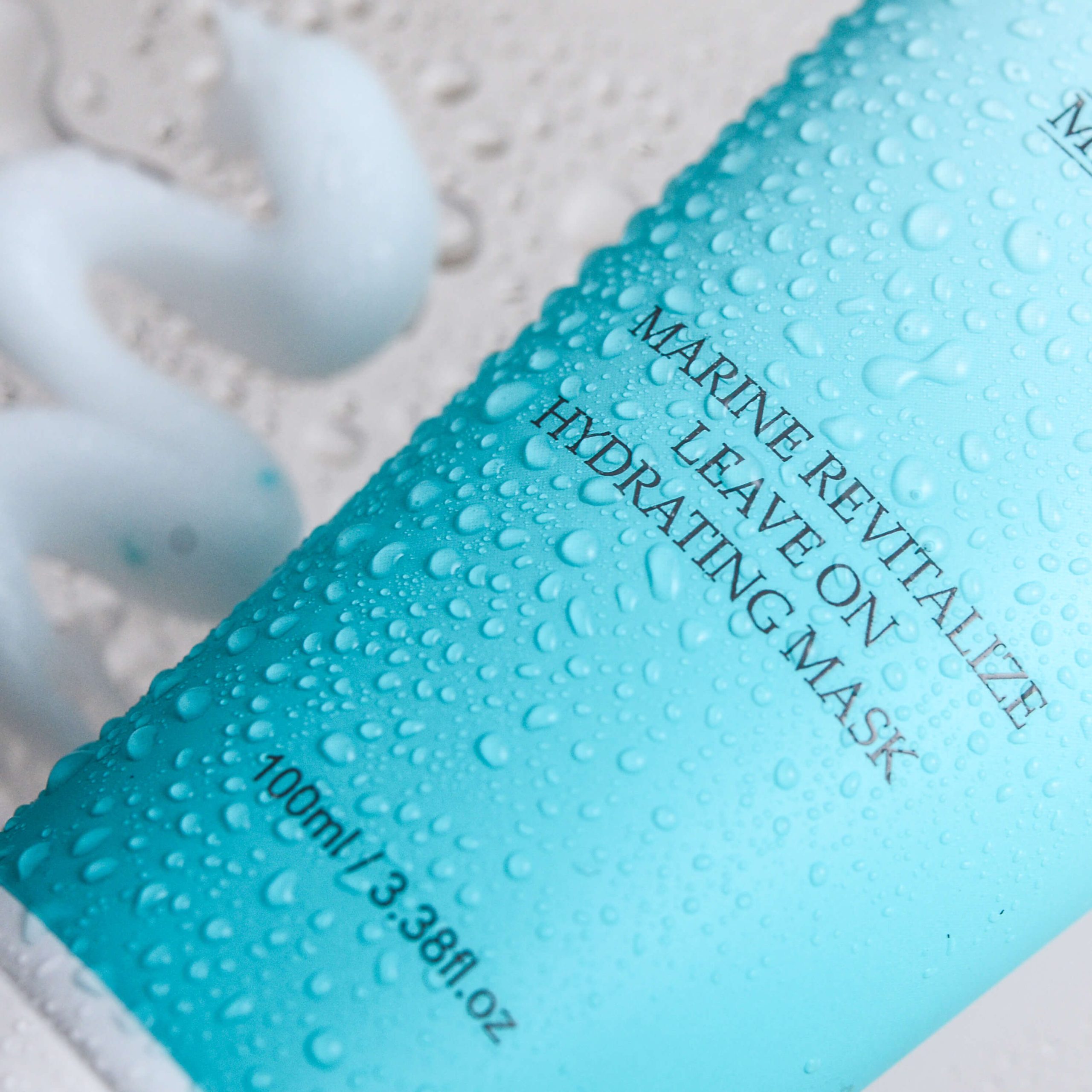
Just like exfoliation, face masks aren’t used daily. However, since the majority of masks are designed to be removed from the face after a certain length of time, they’re best applied before you move on to any of your leave-on skincare products.
Of course, there are always exceptions. Leave-on masks, like the Marine Revitalize Leave On Hydrating Mask from Vivo Per Lei, are usually saved for the end of a skincare routine. They can often replace a moisturizer when used in the evenings or, if your skin is severely dry, can be applied after moisturizing.
If you’re looking for a new face mask to add to your skincare routine, we have several to choose from at Vivo Per Lei. Our Magnetic Mask is intensely hydrating and so much fun to use, while our Activated Charcoal Facial Mask is great for purifying and brightening the look of dull and congested skin.
A Toner Comes Next
Once you’re done cleansing, exfoliating, and masking, it’s time to turn to your leave-on products. First in line – a toner. These products are designed to leave the skin’s pH level feeling rebalanced after cleansing. This is why they need to be applied directly to bare skin, before any other products.
Plus, toners are also extremely light and watery in consistency. So, going by the thin-to-thick rule, they need to be the first leave-on product that’s applied.
For extra benefits, look for a toner that offers additional properties. Some toners hydrate, others shrink the look of large pores, and some brighten the complexion, so pick a formula that best suits your skin’s needs.
Essences are Slightly Thicker
Although essences also look very thin and watery, they tend to be slightly thicker and silkier than toners. If you want to layer skincare correctly, an essence should always be applied after a toner but before a serum.
Do you really need an essence? This all depends on your skin. An essence isn’t considered to be a must-have product in the way that cleansers or moisturizers are. They’re also not as concentrated as a serum, meaning that they aren’t quite as good when it comes to directly targeting a visible skin concern.
However, if your skin could do with an extra boost of hydration or nutrients, an essence is a good way to provide exactly that.
Layering Serums
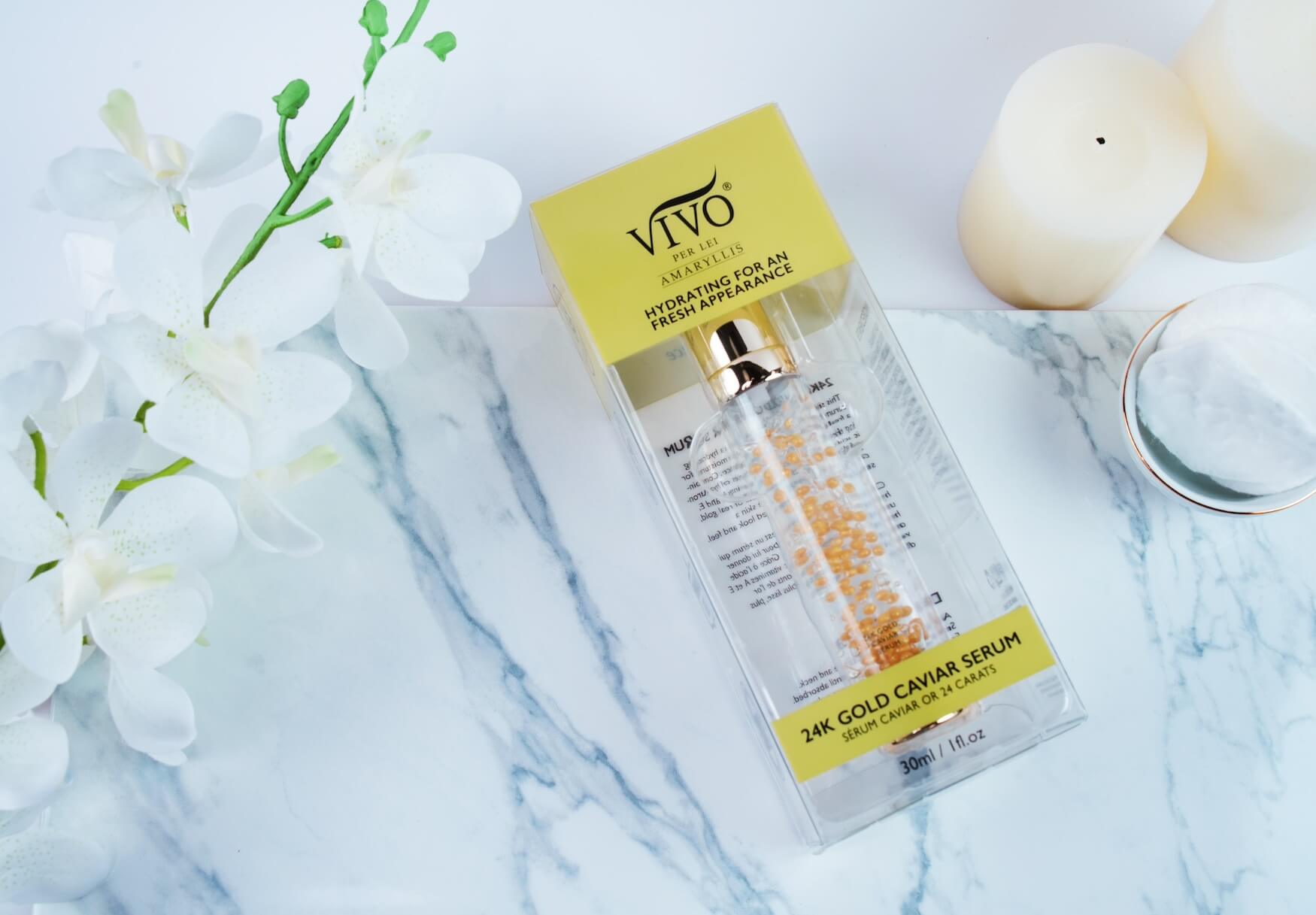
Serums are popular skincare products, to the point where many people have more than one serum in their skincare routines. If this is the case for you, keep following the light-to-heavy rule when you layer skincare serums: start with your lightest serum and follow up with the heaviest.
The exception this time is when it comes to serums containing powerful active ingredients, like the retinol in the Vivo Per Lei 24K Gold Caviar Serum. Active ingredients tend to work best when they’re close to the skin, meaning that this should be the serum that you apply first, even if it may be slightly thicker than the one that follows. Alternatively, alternate the serums in your skincare routine so that out of your two serums, one is used in the morning and the other is used at night.
Add in Eye Care Products
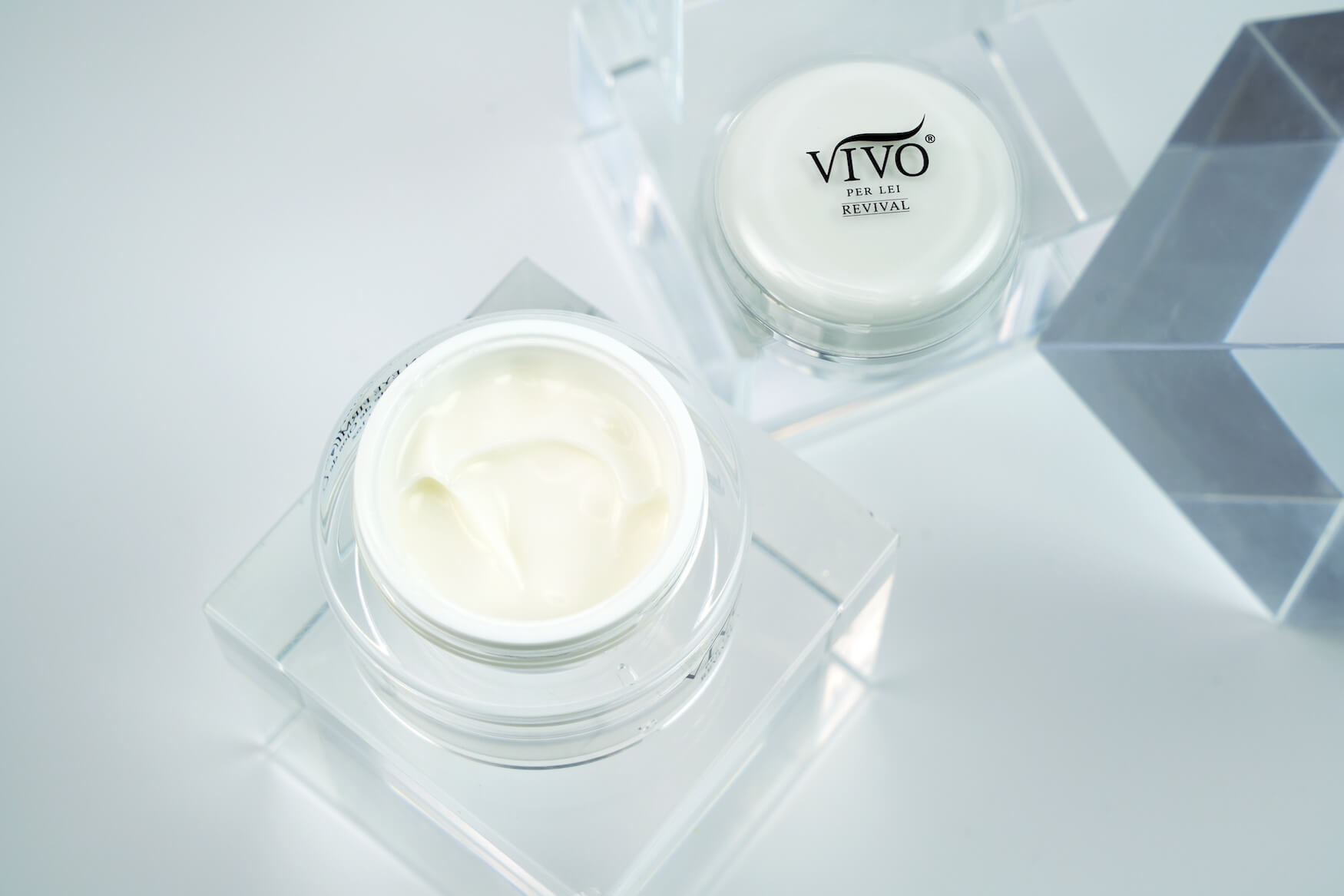
Eye care products can be a little tricky when you’re trying to learn how to layer skincare…
Let’s start with eye serums. They’re usually applied after facial serums. Then, follow up with your eye cream. This means that your eye cream is being applied before your face cream.
Again, eye care products aren’t a necessity. However, if you’re experiencing visible skin concerns around your eyes, they can be a game-changer. The Vivo Per Lei Collagen Eye Firming Cream, for instance, gives the skin around the eyes a much smoother and tighter finish. If you’ve been battling with the appearance of crow’s feet, this eye cream will help.
Moisturize and Protect
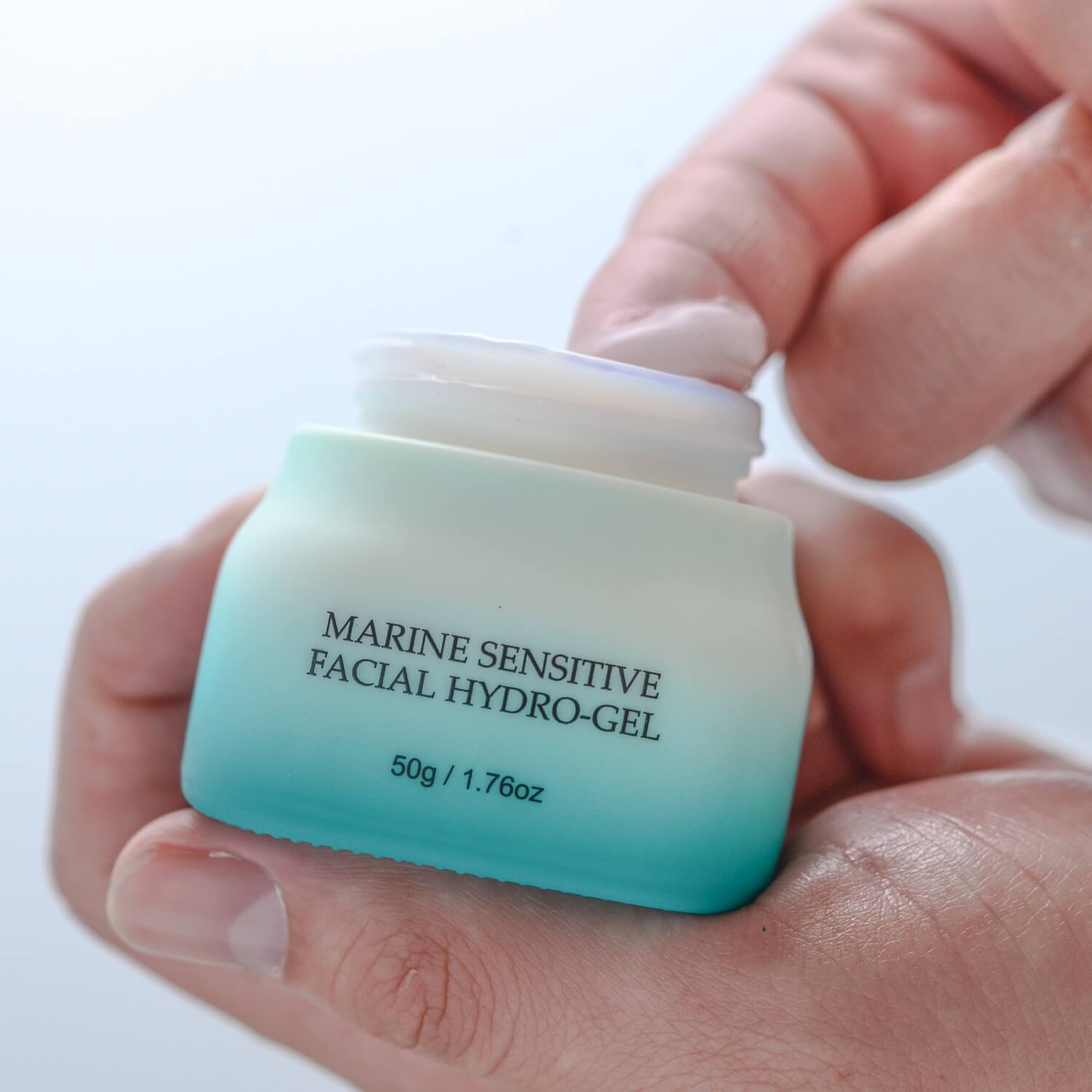
A face cream is a great way to round off your skincare routine (although there’s still one more step to consider if you have severely dry skin, which we’ll talk about soon). Moisturizers form a barrier over the skin’s surface, essentially acting in a similar way to the skin’s own natural protective barrier. This barrier prevents the skin’s moisture reserves from evaporating away, helping with long-term moisture retention.
The thicker the moisturizer, the thicker the barrier it will form. A lightweight gel moisturizer, like the Vivo Per Lei Marine Sensitive Facial Hydro-Gel, won’t provide as thick a seal as a richer face cream, like the Vivo Per Lei Marine Aqua Facial Cream. The drier your skin is, the thicker your moisturizer should be.
Of course, don’t forget about sun protection! We’ve already discussed where this fits into your skincare routine, so decide whether yours needs to be applied before or after your moisturizer.
Finish With an Oil
The majority of people don’t need to use a face oil. However, if your skin is severely dry to the point where it easily flakes and peels, especially in the mornings, finishing your skincare routine with a face oil can help to give your skin the extra moisture it needs.
Like a moisturizer, a face oil will form a seal over your skin’s surface. Apply a face oil after moisturizing, and you’ll basically be doubling up the seal that you’ve already created with your moisturizer. This is why face oils are so effective at softening the look of dry and flaky skin.
Learning How to Layer Skincare the Right Way
While learning how to correctly layer skincare can seem confusing at first, it soon becomes second nature. Considering how much it can really help with absorption, it’s definitely worth spending some time ensuring that you get this right.
Click here to treat your skin to more bestselling skincare products from Vivo Per Lei.



